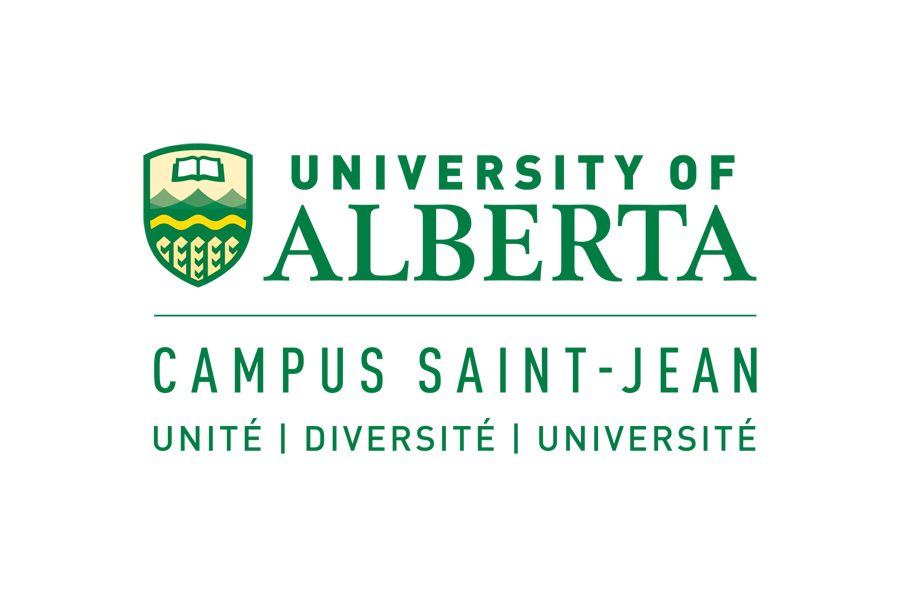 |
|
||||
[PDF]
- LEAH EDELSTEIN-KESHET, UBC
Mathematics of Cell Polarization and Motility [PDF]
-
In my talk, I will introduce the phenomena of cell motility and explain what are some of the open problems and challenges in this interdisciplinary field. I will then survey some interesting mathematical
and computational issues that such research motivates. I will describe
work in my group on the partial differential equations that we used to
describe how a cell polarizes (decides where is its front and back). Such
PDEs describe a phenomenon of wave-pinning stemming from bistable
kinetics, substrate depletion, and large disparity in rates of diffusion.
I will also briefly describe our computations of 2D cell motility models
and what we learned about the interaction between reaction-diffusion and
geometry in the evolving cell.
This work is joint with Yoichiro Mori, Alexandra Jilkine, AFM (Stan) Maree, Ben Vanderlei, and William Holmes.
- OLGA HOLTZ, UC Berkeley; TU Berlin
Zonotopal algebra: approximation theory meets algebra and combinatorics [PDF]
-
What do 1) integer points in polyhedra 2) hyperplane arrangements
3) parking functions on graphs 4) multivariate polynomial interpolation
5) kernels of differential operators have in common?
I will discuss recent mathematical developments motivated by the multivariate spline theory that demonstrate surprising connections between these (and some other) seemingly unrelated subjects in algebra, analysis and combinatorics.
- FRANÇOIS LALONDE, University of Montreal, CRM
The New Real Algebraic Geometry [PDF]
-
Recently, Jean-Yves Welschinger introduced new Gromov-Witten types of invariants for real algebraic geometry. This led to a revolution in our understanding of real algebraic geometry. I will describe these invariants and other invariants introduced by Shengda Hu and myself that relate the locus of Lagrangian submanifolds to the geometry of the ambient spaces.
- BJORN POONEN, MIT
$x^2 + y^3 = z^7$ [PDF]
-
There are 16 solutions to $x^2 + y^3 = z^7$ in relatively prime integers,
one of which is $(21063928,-76271,17)$ (joint work with Ed Schaefer
and Michael Stoll). I will explain why the existence of such solutions
is not surprising, and I will sketch how one proves statements like this.
- ROMAN VERSHYNIN, University of Michigan
Random matrices: invertibility, structure, and applications [PDF]
-
At the heart of random matrix theory lies the realization that the spectrum of a random matrix $H$ tends to stabilize as the dimensions of $H$ grow to infinity. This phenomenon is captured by the limit laws of random matrix theory, in particular by Wigner's semicircle law, Girko's circular law, and Marchenko-Pastur law. These limit laws offer us a clear global and asymptotic picture of the spectrum of $H$.
In the last few years, a considerable progress was made on the more difficult local and non-asymptotic regimes. In the non-asymptotic regime, the dimensions of $H$ are fixed rather than grow to infinity. In the local regime, one zooms in on a small part of the spectrum of $H$ until one sees individual eigenvalues. The location of the eigenvalue nearest zero determines the invertibility properties of $H$. This essentially determines whether the matrix $H$ is well conditioned, which is a matter of importance in numerical analysis.
Examples of recent developments include the proofs that a random matrix $H$ with independent entries (whether symmetric or not) is singular with an exponentially small probability, that the condition number of $H$ is linear in the dimension, and that the eigenstructure of $H$ is delocalized and unstructured -- the eigenvectors are spread out and their coefficients are highly incommensurate.
We will see some examples of heuristics, results, and problems of the non-asymptotic random matrix theory in the local regime. Applications and problems in related areas will be discussed, in particular for covariance estimation in statistics.








